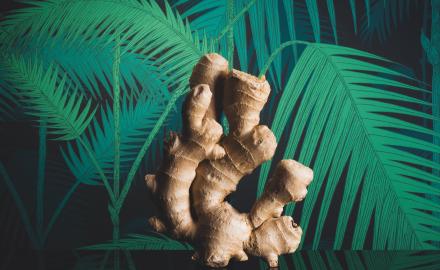The cep, the king of mushrooms
The cep was considered fascinating in the ancient world.
The Romans attributed aphrodisiac and other tendencies to it, whereas Pliny, in his work entitled “Natural History” believed it to be “the only true food worthy of refined people, who think about what they eat in advance”.
Having shrugged off its underground image as a food of little interest, it regained its status thanks to Alcide Bonton, well-known chef at the Café Anglais in Paris at the end of the 19th century. Customers of the finest restaurants in the capital will succumb to the temptations of these cep-based recipes without expecting to. Its reputation has been established and cannot be refuted, as it remains the most widely sold mushroom in the world to date!
The various varieties of this wild mushroom belongs to the boletus family. All are edible and can be distinguished from other boletus by their firm white skin.
The 4 main varieties of ceps are
- Boletus Edulis (Bordeaux cep): With its slightly nutty flavour, it is the best known and most widespread of the ceps. The colour of its cap is usually brown / ochre and it has a squat stem that is almost round. It can be picked from the end of summer to autumn in the undergrowth of hardwood forests (mainly beechwoods and oaks) and may weigh up to 1 kilo!
- Boletus Aestivalis (summer cep): As its name indicates, its favoured season is the end of the spring and the beginning of summer. They are mainly found in hardwoodforests. A mushroom with a rounded, velvety cap, robust, and with a colour that ranges from beige to fawn, it has a slightly sweet flavour.
- Boletus Pinophilus (pine cep): Associated with conifers or high hardwood forests, where it grows from July to November, it has a reddish-brown cap that is fairly dark. Its skin is compact and white and it has a very sweet taste.
- Boletus Aerus (black cep): Growing in summer and autumn, it develops in the Mediterranean region and is associated with the green oak. Its cap is blacker than those of other ceps and its stem is more coloured, its skin firmer and its smell very pronounced.
There are many other types of ceps, including Fungodi Borgotaro, which grows in the villages of Borgotaro (Italy) and is characterised by a perfumed aroma of liquorice and fresh wood. It has been designated PGI (protected geographical indication) since 1993, which makes it a particularly sought-after variety. Alternatively, Boletus edulis var. grandedulis (giant cep), only found in
California, has a cap that may grow to up to 50 cm on a stem of 40 cm!
When it comes to cooking the cep, you can allow it to produce its own inspiration. Risotto, fricassee, mixed salad, pizza, pancakes, gratins; served with poultry, pickles, game, meat, potatoes, soups, cream, as an appetiser, etc.… it goes with everything. And chefs are never disappointed. David Bazirgan, of the very fashionable Baraka restaurant in San Francisco, judges that “the texture and flavour of the cep are astonishing – very full. They also go with all types of cuisine!” With his cep soup, Russian chef, Anatoly Komm, reminds customers in his Moscow restaurant that their national dish (borsch) is based on ceps. Finally, in their “Livre des Pâtes” (Book of Pasta), the chef at Plaza Athénée, Christophe Moret and
Italian chef, Francesco Berardinelli, set out a succulent recipe for gnocchi napoletani, ricotta sauce with pepper and raw and cooked ceps.
We can now understand why the American specialist, Kelly Snowden, entitled the book dedicated to the cep: “The King of Mushrooms”!

